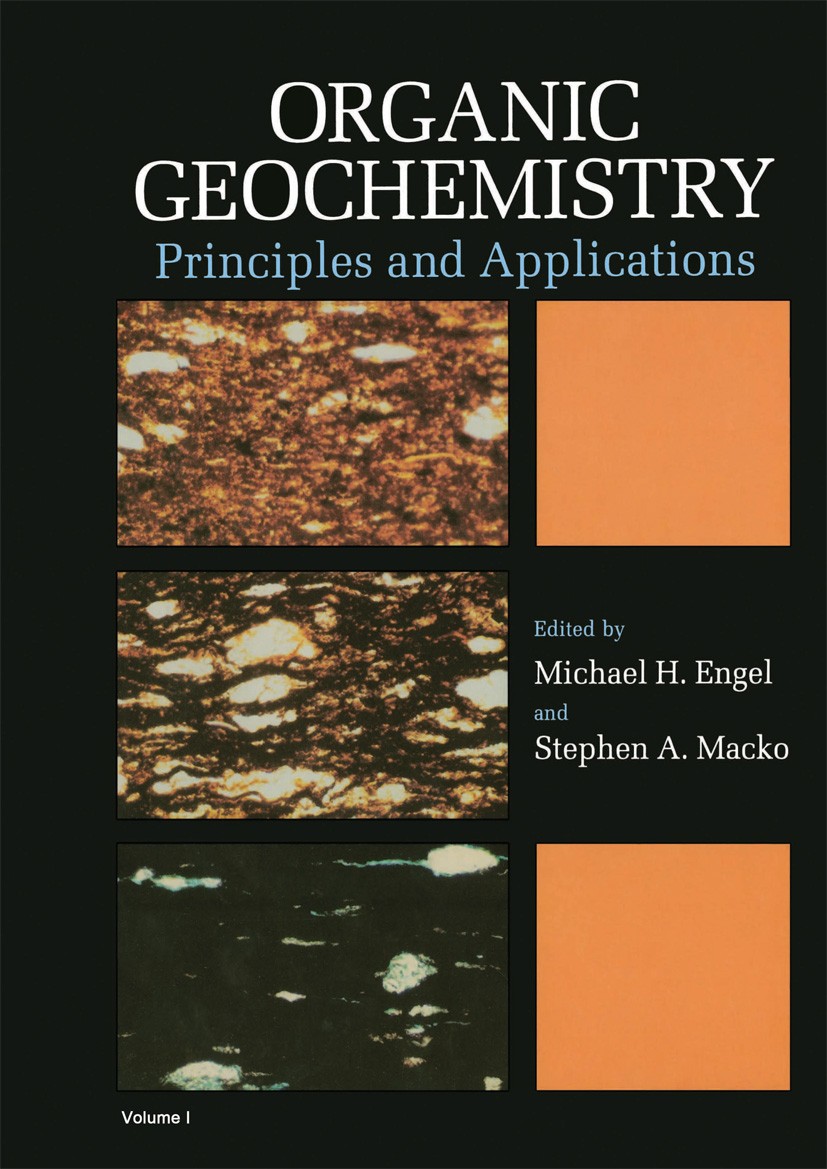Assessing the reliability of H-brGDGTs as terrestrial paleothermometers in Plio-Pleistocene fluvio-lacustrine deposits from Northern China
IF 2.5
3区 地球科学
Q2 GEOCHEMISTRY & GEOPHYSICS
引用次数: 0
Abstract
Branched glycerol monoalkyl glycerol tetraethers (brGMGTs, or H-brGDGTs), lipids that occur widely in anoxic sediments of peatlands, lakes, and oceans, have been proposed as new tools for paleotemperature reconstructions in lakes and peatlands. However, their reliability has not been widely assessed, particularly in sediment cores. Here, we report the H-brGDGT distributions in the Xiong'an (XA) 3 sediment core from North China, spanning 5.5 million years (Ma), to evaluate their reliability as a terrestrial paleothermometer. Seven major H-brGDGTs are consistently abundant throughout the sediment core. Their isomerization index (IRH) values, characteristic of river and lake environments, suggest H-brGDGTs were predominantly produced in situ with negligible soil input. Their abundances and distributions are strongly related to a widely used paleothermometer, MBT′5ME (methylation index of branched tetraethers for 5-methylated branched GDGTs), likely indicating their temperature dependence. An H-brGDGT-based temperature proxy, H-MBT′, which includes only the H-1020c and H-1034b isomers, was found to track temperature in both published modern peat/lake H-brGDGT data set and the XA3 sediment core. H-MBT′ reconstructed temperature trend is consistent with the brGDGT temperature record in the sediment core as well as global climate signals, revealing stable warmth during 5.5–2.6 Ma, abrupt cooling at ∼2.6 Ma coinciding with the onset of Northern Hemisphere Glaciation (NHG), and oscillating decline during 2.2–0 Ma. Our results validate H-brGDGTs as a potential paleothermometer in aquatic systems but highlight the need for the selection of proper H-brGDGT-based temperature proxies and environment-specific calibrations to refine accuracy.
华北上新世—更新世河湖沉积中H-brGDGTs作为陆相古温标的可靠性评价
支链甘油单烷基甘油四醚(brGMGTs,或H-brGDGTs)是一种广泛存在于泥炭地、湖泊和海洋缺氧沉积物中的脂质,已被提出作为湖泊和泥炭地古温度重建的新工具。然而,它们的可靠性还没有得到广泛的评估,特别是在沉积物岩心中。本文报道了华北雄安(XA) 3沉积物岩心中H-brGDGT的分布,跨度为550万年(Ma),以评价其作为陆地古温标的可靠性。7种主要的h - brgdgt在整个沉积物岩心中始终丰富。它们的异构化指数(IRH)值,河流和湖泊环境的特征表明,H-brGDGTs主要是在土壤输入微不足道的情况下就地产生的。它们的丰度和分布与广泛使用的古温度计MBT ' 5ME(5-甲基化支化GDGTs的支化四醚甲基化指数)密切相关,可能表明它们的温度依赖性。基于H-brGDGT的温度代理H-MBT ',仅包括H-1020c和H-1034b异构体,可以跟踪已发表的现代泥炭/湖泊H-brGDGT数据集和XA3沉积物岩心的温度。H-MBT重建的温度趋势与brGDGT在沉积物岩心的温度记录以及全球气候信号一致,在5.5 ~ 2.6 Ma表现为稳定升温,在~ 2.6 Ma表现为与北半球冰期(NHG)开始一致的突变降温,在2.2 ~ 0 Ma表现为振荡下降。我们的结果验证了H-brGDGTs作为水生系统中潜在的古温度计,但强调需要选择适当的基于H-brGDGTs的温度代用物和特定环境的校准来提高精度。
本文章由计算机程序翻译,如有差异,请以英文原文为准。
求助全文
约1分钟内获得全文
求助全文
来源期刊

Organic Geochemistry
地学-地球化学与地球物理
CiteScore
5.50
自引率
6.70%
发文量
100
审稿时长
61 days
期刊介绍:
Organic Geochemistry serves as the only dedicated medium for the publication of peer-reviewed research on all phases of geochemistry in which organic compounds play a major role. The Editors welcome contributions covering a wide spectrum of subjects in the geosciences broadly based on organic chemistry (including molecular and isotopic geochemistry), and involving geology, biogeochemistry, environmental geochemistry, chemical oceanography and hydrology.
The scope of the journal includes research involving petroleum (including natural gas), coal, organic matter in the aqueous environment and recent sediments, organic-rich rocks and soils and the role of organics in the geochemical cycling of the elements.
Sedimentological, paleontological and organic petrographic studies will also be considered for publication, provided that they are geochemically oriented. Papers cover the full range of research activities in organic geochemistry, and include comprehensive review articles, technical communications, discussion/reply correspondence and short technical notes. Peer-reviews organised through three Chief Editors and a staff of Associate Editors, are conducted by well known, respected scientists from academia, government and industry. The journal also publishes reviews of books, announcements of important conferences and meetings and other matters of direct interest to the organic geochemical community.
 求助内容:
求助内容: 应助结果提醒方式:
应助结果提醒方式:


